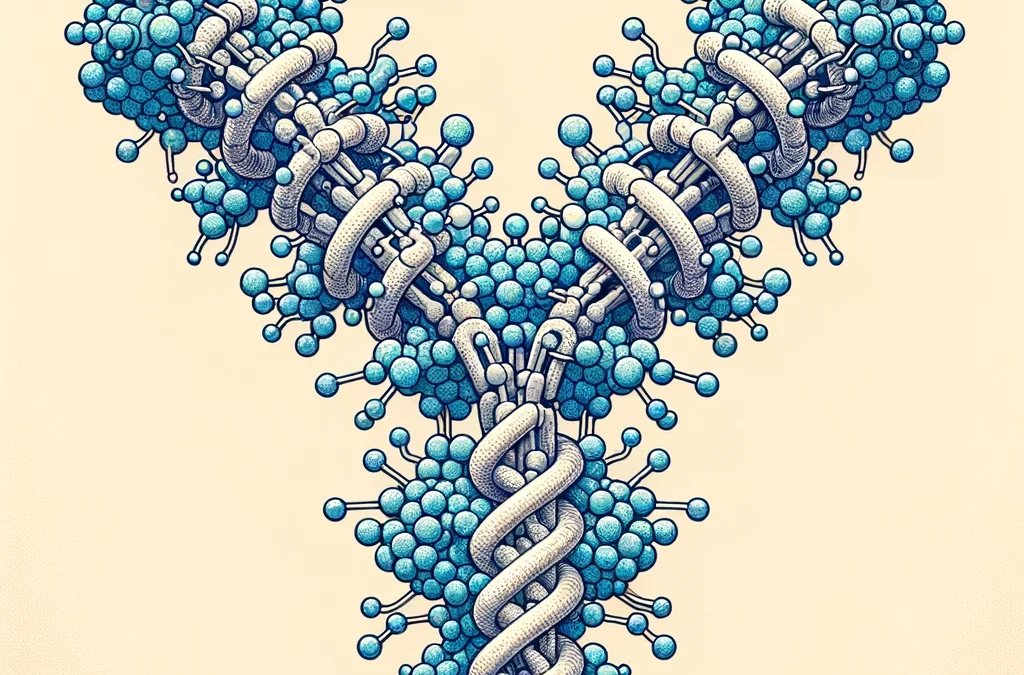Background
IgG4-related disease (IgG4-RD) is an autoimmune condition that can affect various organs. Some patients with IgG4-RD have low levels of complement proteins in their blood. This study aimed to compare the characteristics and disease activity of IgG4-RD patients with and without low complement levels.
Methods
Researchers analyzed data from patients diagnosed with IgG4-RD, dividing them into two groups: those with low complement levels (low C3 or C4 levels) and those with normal complement levels (normal C3 and C4 levels). They compared the patients’ characteristics, affected organs, blood test results, imaging findings, and treatment outcomes. Imaging with FDG-PET/CT was used to measure disease activity, specifically looking at SUVmax, MTV, and TLG.
Results
The study included 65 patients: 19 with low complement levels and 46 with normal complement levels. Key findings included:
• The low complement levels group had lower hemoglobin and platelet counts but higher levels of IgG4, IgG, and sIL-2R compared to the normal complement levels group.
• More patients in the low complement levels group needed treatment (89%) compared to the normal complement levels group (61%).
• Disease recurrence was less frequent in the low complement levels group (3 out of 17) than in the normal complement levels group (11 out of 28).
• FDG-PET/CT imaging showed that the low complement levels group had higher MTV and TLG values, indicating greater disease activity, though there was no significant difference in SUVmax between the two groups.
Conclusion
Patients with IgG4-RD and low complement levels showed more severe disease characteristics, required more treatment, and had higher disease activity compared to those with normal complement levels. These findings suggest that the presence of low complement levels in IgG4-RD patients is associated with a more aggressive disease course and worse prognosis.

